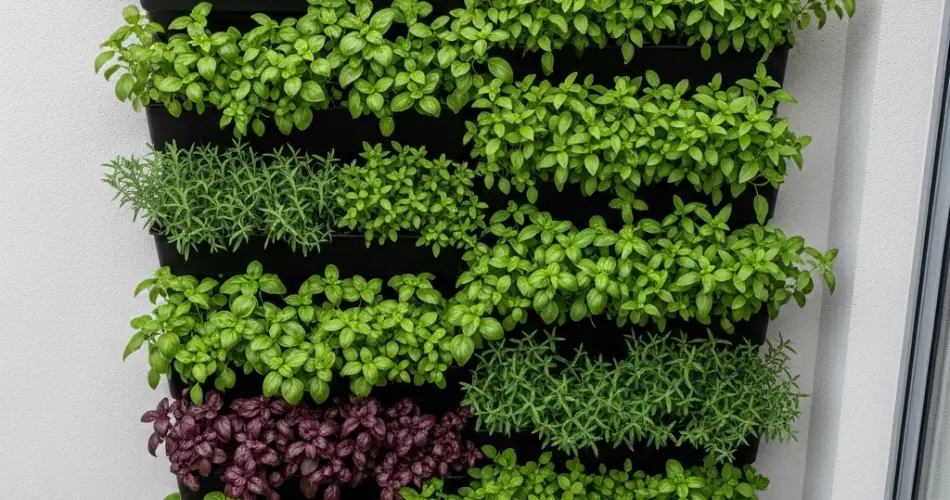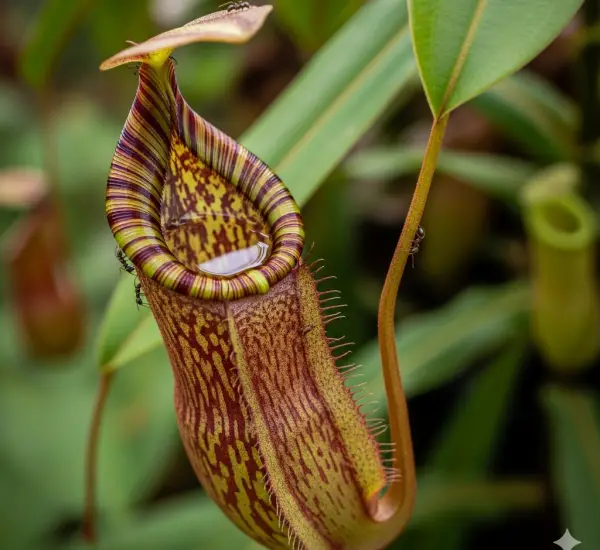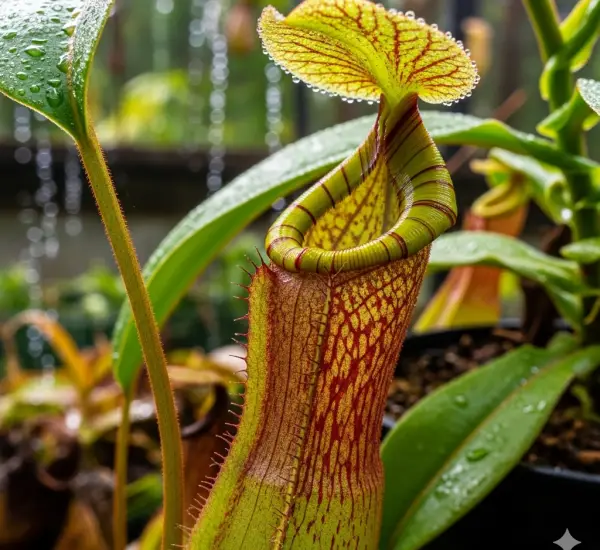Vertical gardening is one of the most space-efficient and visually appealing ways to grow your own food. For herb lovers, a vertical wall garden offers fresh flavors right at your fingertips—without taking up precious ground space. Whether you live in an apartment, have a small balcony, or simply want a green accent on your kitchen wall, vertical herb gardening is practical, beautiful, and easy to manage.
Here’s a guide to the best herbs to grow on a vertical wall, plus some helpful tips to keep them thriving all year round.
Why Grow Herbs Vertically?
Herbs are perfect candidates for vertical gardening. They’re compact, lightweight, and grow well in small containers. A vertical herb garden not only saves space but also brings nature closer to your daily routine—making it easier to snip a sprig of basil or thyme while cooking.
Benefits of growing herbs on a vertical wall:
-
Saves floor and garden bed space
-
Adds greenery and fragrance to indoor or outdoor walls
-
Improves air quality and aesthetics
-
Makes harvesting convenient
-
Offers natural pest-repelling properties (many herbs deter bugs)
Whether mounted indoors in the kitchen or outdoors on a sunny patio wall, a vertical herb garden adds function and beauty to your space.
Best Herbs for Vertical Wall Gardens
1. Basil
Basil thrives in sunny spots and is a must-have for Italian and Asian cuisine. It prefers well-drained soil and regular watering. Pick the leaves frequently to encourage bushier growth.
Light: Full sun
Tip: Water at the base to avoid fungal problems on leaves.
2. Parsley
A hardy biennial that grows well in containers. It prefers moist, nutrient-rich soil and does well in partial to full sun.
Light: Partial shade to full sun
Tip: Cut outer leaves first to allow inner growth to continue.
3. Mint
One of the easiest herbs to grow, mint spreads quickly and thrives in containers, making it ideal for vertical gardens. It prefers slightly damp soil and some shade.
Light: Partial shade
Tip: Grow in individual pots to prevent it from overtaking other herbs.
4. Thyme
A low-maintenance herb that enjoys hot, dry conditions. It grows well in small pockets of a vertical setup and doesn’t require much water.
Light: Full sun
Tip: Trim regularly to prevent woody stems and encourage fresh growth.
5. Oregano
A Mediterranean herb that’s perfect for vertical planting. It prefers warm, dry conditions and thrives in small pots.
Light: Full sun
Tip: Harvest often to keep the plant productive and bushy.
6. Chives
Chives are hardy, easy to grow, and offer both culinary value and attractive purple blooms. Great for small containers and wall pockets.
Light: Full sun to partial shade
Tip: Cut back to about 1 inch above the soil to encourage new shoots.
7. Cilantro (Coriander)
This herb grows quickly and prefers cooler conditions. It’s a great choice for early spring or shaded walls in warm climates.
Light: Partial sun
Tip: Plant successively every few weeks for a continuous harvest.
8. Sage
A drought-tolerant herb with soft, gray-green leaves. It grows well in sunny vertical spots and adds texture to your garden wall.
Light: Full sun
Tip: Remove flower buds to keep leaves tender and flavorful.
9. Rosemary
Aromatic and decorative, rosemary needs a bit more space but thrives in vertical planters with good airflow. It prefers dry conditions and can withstand heat.
Light: Full sun
Tip: Let the soil dry out between waterings to avoid root rot.
10. Lemon Balm
This lemon-scented herb is a great addition to teas and desserts. It’s hardy and easy to grow in containers.
Light: Partial to full sun
Tip: Prune often to control growth and prevent legginess.
Tips for Growing Herbs on a Vertical Wall
-
Choose the right structure: Vertical garden frames, wall planters, hanging pockets, or DIY wood pallets all work well. Ensure good drainage and easy access to each plant.
-
Use quality potting mix: A lightweight, nutrient-rich mix ensures healthy root development. Avoid using regular garden soil.
-
Ensure proper drainage: Make sure containers or pockets have drainage holes to prevent waterlogging and root rot.
-
Water wisely: Wall gardens may dry out faster. Check soil moisture regularly and water at the base of each plant.
-
Harvest regularly: Frequent picking encourages herbs to grow back fuller and delays flowering, which can cause flavor to decline.
-
Rotate for even sun: If indoors near a window, turn the planters every few days to keep growth balanced.
Final Thoughts
A vertical herb garden is a fantastic way to enjoy homegrown flavor even in the smallest of spaces. From a kitchen wall to a balcony railing or a sunny fence, your herbs can thrive vertically with the right care and setup. With their delicious aromas, culinary usefulness, and minimal space requirements, herbs are the perfect plants for a productive and beautiful wall garden.
Start with a few favorites, experiment with design, and enjoy the convenience of having fresh herbs just an arm’s length away.



